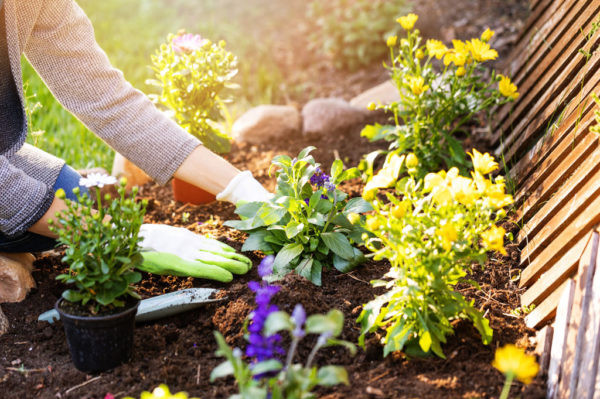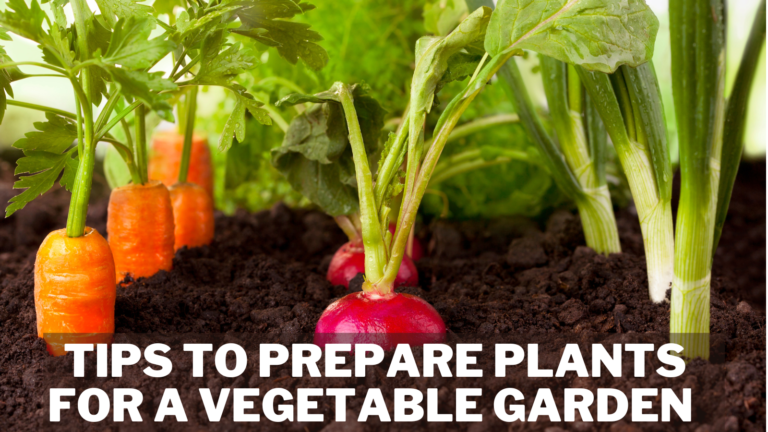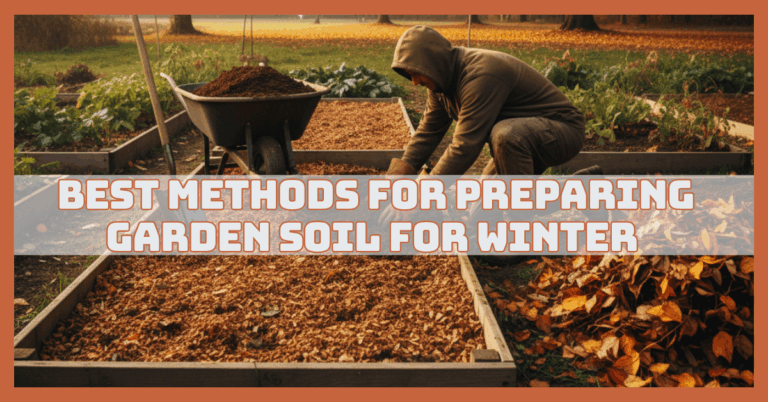Best Ways To Prepare Soil For Fruit Trees
Best Ways To Prepare Soil For Fruit Trees
Establishing a thriving orchard of fruit trees begins with one fundamental element: soil. The soil type in which fruit trees are placed significantly influences their overall health, productivity, and growth.
Each soil type, from loamy to sandy, clay to silty, offers unique advantages and challenges for fruit tree cultivation.
Understanding these soil characteristics and implementing appropriate soil preparation techniques are essential for creating optimal growing conditions and ensuring the success of fruit tree orchards.
In this article, we will explore the different types of soil suitable for fruit trees and discuss effective ways to prepare soil for fruit trees to support healthy root development, vigorous growth, and bountiful fruit production.
Whether you're a seasoned orchardist or a novice gardener, mastering the art of soil preparation is key to reaping the rewards of a fruitful harvest.
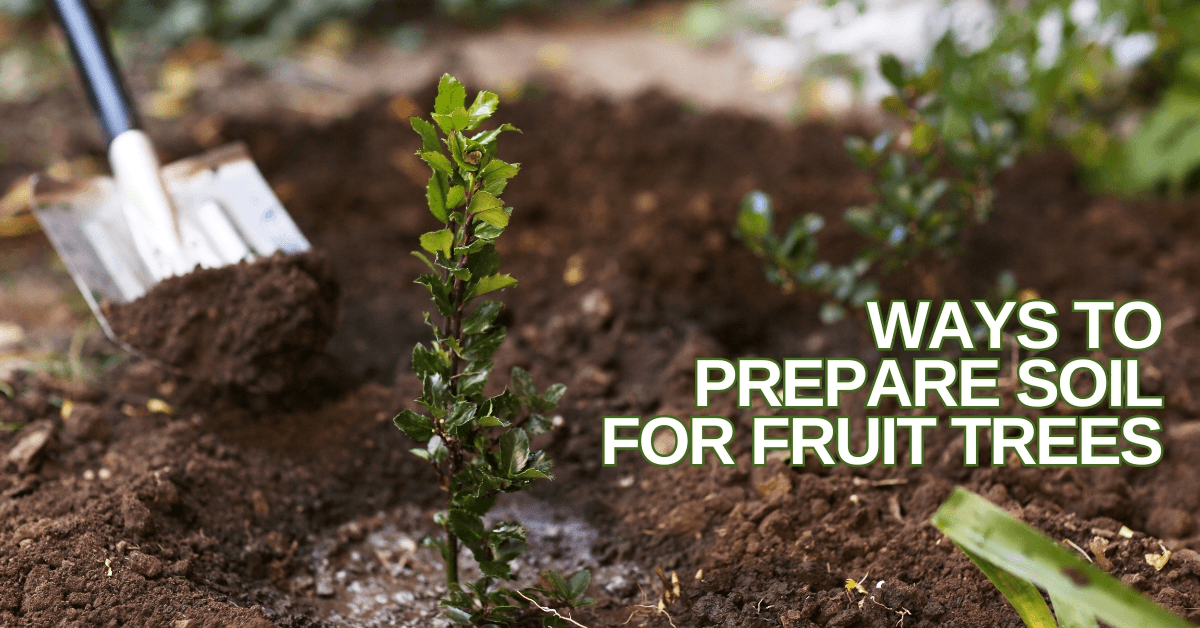
Types Of Soil For Fruit Trees
Different types of fruit trees may thrive in different kinds of soil, but in general, fruit trees prefer well-draining soil with good fertility. Here are some common types of soil suitable for fruit trees:
1. Loamy Soil
This soil type is a mixture of sand, silt, and clay, providing good drainage while retaining moisture and nutrients.
Many fruit trees thrive on loamy soil with a balanced mixture of sand, silt, and clay. Its composition facilitates good drainage, preventing water logging while retaining essential moisture and nutrients crucial for plant growth.
Loamy soil is ideal for fruit trees like apples, pears, and peaches because it encourages strong root systems and rapid growth.
With its fertility, ease of cultivation, and capacity to support healthy tree growth, loamy soil fosters optimal conditions for fruit production, ensuring abundant yields of high-quality fruits season after season.
2. Sandy Soil
Sandy soil, characterized by its larger particles and rapid drainage, offers advantages for certain fruit trees, particularly those intolerant to waterlogging like citrus trees.
Its rapid drainage prevents root rot and other moisture-related problems by keeping water from collecting around roots.
Citrus trees, such as oranges, lemons, and grapefruits, thrive in sandy soil due to their sensitivity to excess moisture.
However, sandy soil typically needs more nutrients and water-retention capacity, necessitating more frequent irrigation and fertilization to sustain fruit tree growth.
Despite these challenges, with proper management and supplementation, fruit trees can harness sandy soil's excellent drainage to foster healthy root systems and robust growth.
3. Clay Soil
Clay soil, known for its smaller particles and moisture-retentive properties, presents advantages and challenges for fruit tree cultivation.
While it effectively holds moisture, providing consistent hydration to fruit tree roots, it is also prone to compaction and poor drainage.
Fruit trees such as cherries and plums can tolerate clay soil conditions, provided they are well-drained and supplemented with organic matter to enhance their structure.
Compost or well-rotted manure can be added to clay soil to promote drainage and aeration, reduce waterlogging, and promote fruit tree growth despite the soil's natural limits.
Properly managed clay soil can provide a suitable growing medium for productive fruit tree orchards.
4. Silt Soil
Silt soil, characterized by its medium-sized particles and inherent fertility, offers an excellent growing environment for diverse fruit trees.
With its balanced texture and nutrient-rich composition, silt soil provides optimal conditions for healthy root development and vigorous growth.
While silt soil naturally holds moisture and nutrients well, adding organic matter further enhances its drainage and nutrient-holding capacity, ensuring sustained fertility and promoting robust fruit tree growth.
Fruit trees such as apples, pears, cherries, and plums thrive in silt soil, benefiting from their fertility and ability to support abundant yields of high-quality fruits.
By augmenting silt soil with organic amendments, fruit tree orchards can flourish, yielding bountiful harvests season after season.
5. Sandy Loam
Sandy loam soil, a blend of sand and loam, offers an ideal balance of characteristics for fruit tree cultivation.
With its good drainage, moisture retention, and fertility combination, sandy loam soil provides an optimal growing environment for various fruit trees.
Figs and almonds are fruit trees that thrive in sandy loam soil conditions. The well-draining nature of sandy loam prevents waterlogging, while its ability to retain moisture ensures consistent hydration for fruit tree roots.
Additionally, sandy loam soil's fertility supports robust growth and abundant fruit production, making it a preferred choice for successful orchard establishment.
6. Chalky Soil
Chalky soil, characterized by its alkaline pH and calcium carbonate composition, presents unique challenges and opportunities for fruit tree cultivation.
While its high pH and poor nutrient retention can pose difficulties for some plants, certain fruit trees, like pears and apricots, can thrive in chalky soil conditions, provided they are well-adapted or properly managed.
These fruit trees have developed adaptations to tolerate alkaline soils and can benefit from chalky soil's mineral-rich content.
Proper soil management practices, such as incorporating organic matter and adjusting pH levels, can enhance chalky soil's suitability for fruit tree growth.
With careful consideration and appropriate care, fruit trees can flourish in chalky soil, yielding healthy crops despite their challenging characteristics.
7. Peat Soil
Peat soil, formed from partially decomposed organic matter, offers unique advantages for certain fruit trees, particularly those that thrive in acidic soil conditions.
Fruit trees like blueberries and cranberries, which prefer acidic soil pH levels, may excel in peat soil or environments where peat can be incorporated into the soil mix.
Peat soil's ability to hold moisture benefits these fruit trees, providing consistent hydration to their roots.
Additionally, peat soil's acidic nature aligns well with acid-loving plants' preferences, promoting optimal nutrient uptake and growth.
Incorporating peat soil into orchard settings or utilizing it as a soil amendment can create favourable conditions for blueberries, cranberries, and other acid-loving fruit trees, supporting healthy development and prolific fruit production.
8. Saline Soil
Saline soil, characterized by its high levels of soluble salts, presents challenges for most plants due to the potential for salt toxicity.
However, certain fruit trees, such as select varieties of dates and olives, have developed tolerance to moderate salinity levels and can thrive in saline soil conditions.
These fruit trees grow well in areas with high soil salinity content or by the seaside since they are salt-tolerant.
Their ability to withstand salt stress enables them to maintain healthy growth and fruit production despite the challenging soil environment.
By selecting appropriate varieties and implementing suitable soil management practices, such as proper irrigation and soil amendment, fruit growers can cultivate thriving orchards even in saline soil conditions.
9. Silty Clay Loam
Silty clay loam soil, characterized by its fine texture, offers favourable conditions for fruit tree cultivation due to its excellent moisture retention and fertility.
Although prone to compaction, proper soil management practices, such as mulching and minimizing excessive tilling, can help preserve its structure and optimize growing conditions.
Many fruit trees thrive in silty clay loam soil environments, including cherries, plums, and peaches.
The soil's ability to hold moisture ensures consistent hydration for fruit tree roots, while its fertility promotes healthy growth and abundant fruit production.
By employing appropriate soil care techniques, fruit growers can harness the benefits of silty clay loam soil to cultivate thriving orchards and enjoy successful harvests.
Ways To Prepare Soil For Fruit Trees
Preparing soil properly before planting fruit trees is essential for their long-term health and productivity.
Here are several key steps elaborating ways to prepare soil for fruit trees:
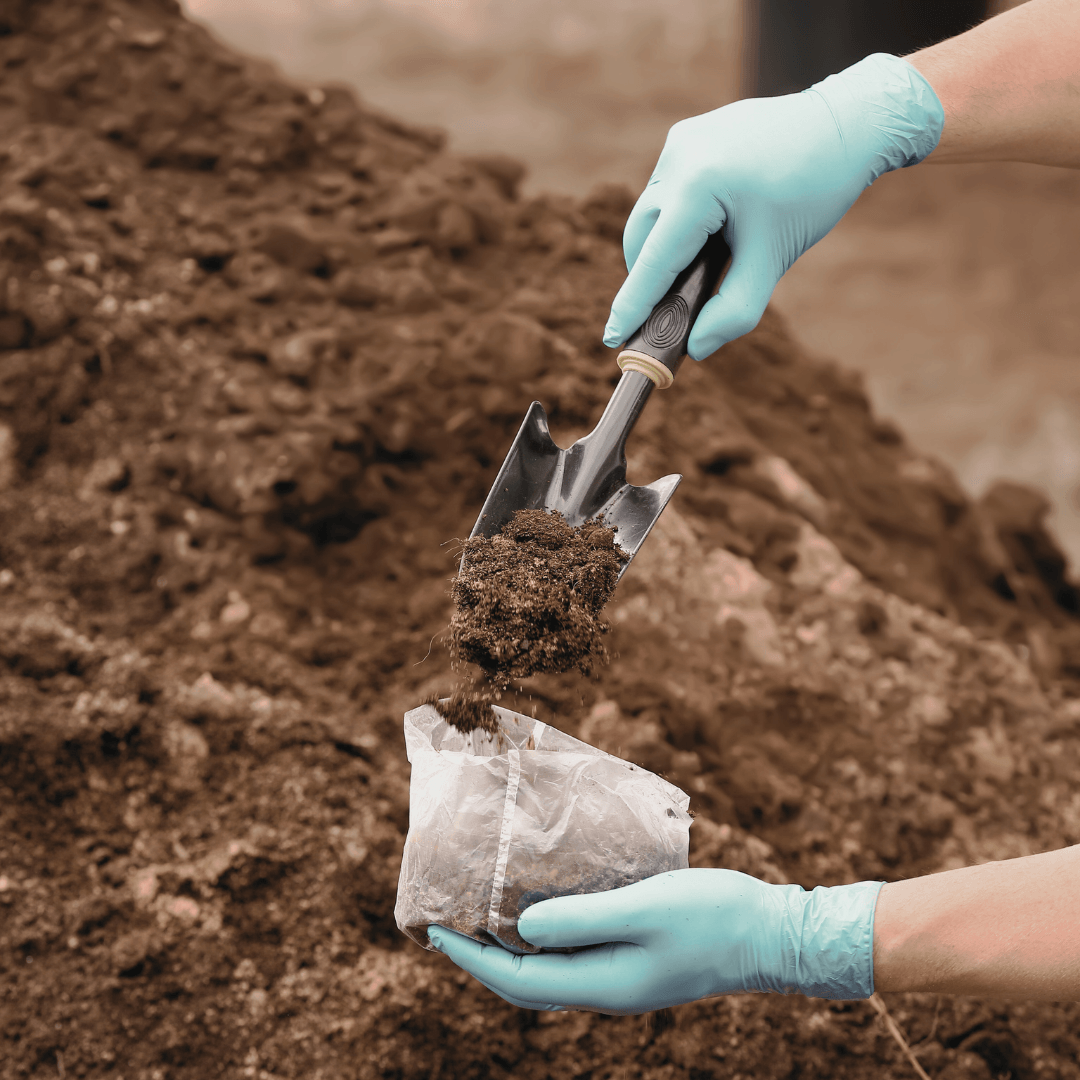
1. Soil Testing
Testing the soil is an essential first step in getting it ready for fruit trees. Its pH level and nutrient content must be examined to assess whether the soil is suitable for plant growth.
The soil's pH level shows acidity or alkalinity; most fruit trees prefer a slightly acidic pH of 6.0 to 7.0.
Nutrient testing evaluates essential elements such as potassium, phosphorus, and nitrogen, as well as secondary nutrients and micronutrients.
Understanding the soil's nutrient profile helps identify deficiencies or imbalances that could hinder fruit tree growth.
Soil testing can be done through professional soil laboratories or at-home soil test kits. Once the soil test results are obtained, appropriate amendments can be made to optimize soil conditions for successful fruit tree cultivation.

2. Clear The Area
Step 2 in preparing soil for fruit trees involves clearing the planting area of vegetation, weeds, rocks, or debris.
This is important in ensuring no resource competition and a clear, open area for the fruit trees to establish their root systems.
Removing weeds and other unwanted vegetation prevents them from competing with the fruit trees for water, nutrients, and sunlight.
Additionally, clearing away rocks and debris ensures that the soil surface is smooth and even, facilitating easier planting and maintenance of the fruit trees.
This step can be accomplished manually using hand tools like shovels, rakes, and weed pullers or with mechanical equipment such as tillers or weed whackers, depending on the size and condition of the planting area.
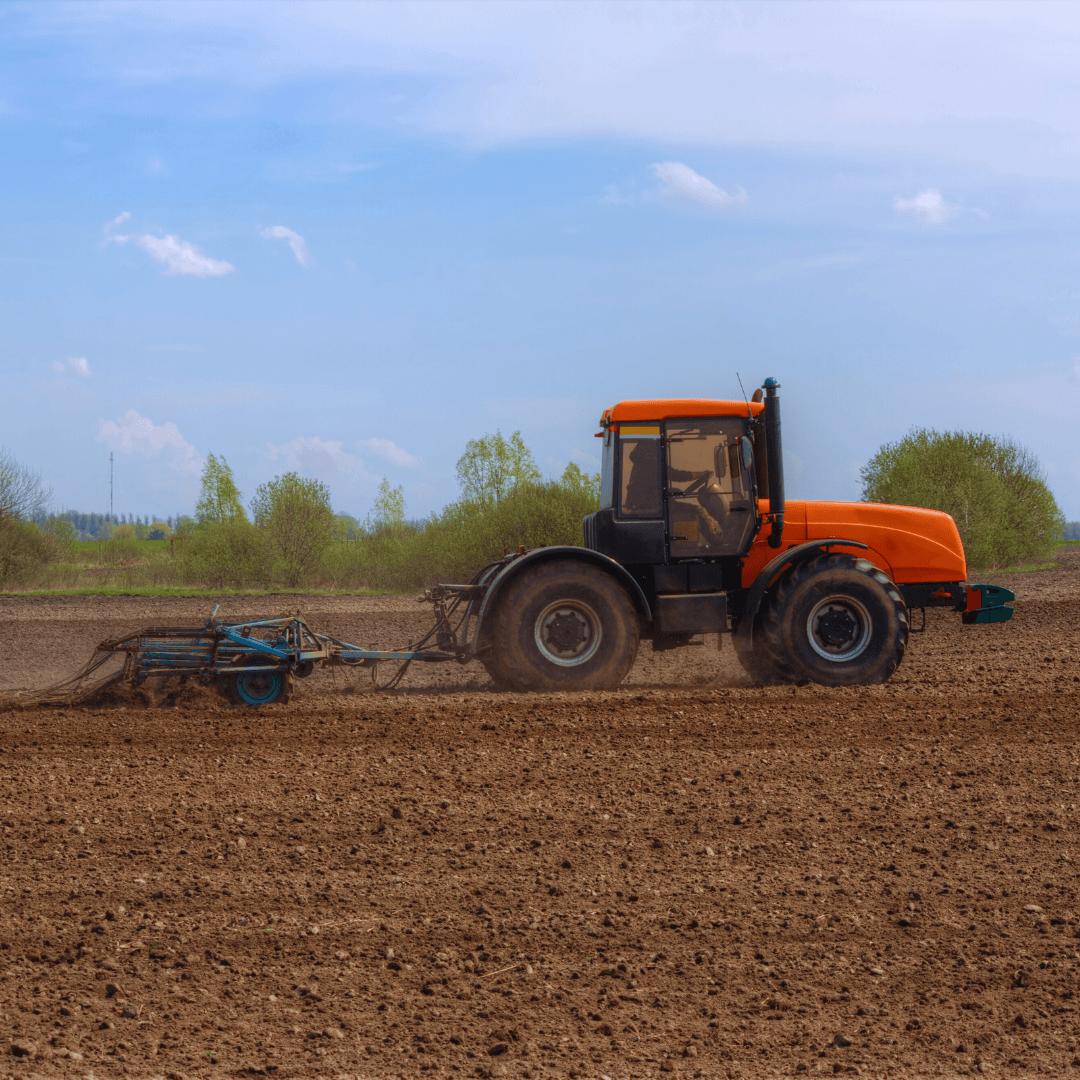
3. Tillage
After clearing the planting area, the next step is often to till the soil. Tilling helps break up compacted soil, improve aeration, and create a loose, friable seedbed for planting.
However, assessing whether tilling is necessary based on the soil type and condition is essential. In some cases, excessive tilling can disrupt soil structure and beneficial soil organisms.
If the soil is loose and friable, minimal or no tilling may be required. Additionally, consider using conservation techniques, such as reduced tillage or no-till methods, to minimize soil disturbance and maintain soil health.
The goal is to prepare a suitable planting bed promoting healthy root development and fruit tree growth.

4. Amend Soil
Following tilling, the next steps in preparing fruit tree soil include amendment and improvement.
Soil amendment involves adding organic matter and other supplements to enrich the soil and provide essential nutrients for plant growth.
Compost, well-rotted manure, or old wood chips are organic matter that strengthens soil structure, increases water retention, and promotes healthy microbial activity.
Additionally, incorporating amendments like lime or sulphur can adjust soil pH to the optimal range for fruit tree cultivation.
To ensure proper water management, soil improvement practices may also include addressing drainage issues, such as installing drainage systems or creating raised beds.
By amending and improving the soil, you make a nutrient-rich, well-drained environment that supports healthy root development and thriving fruit trees.
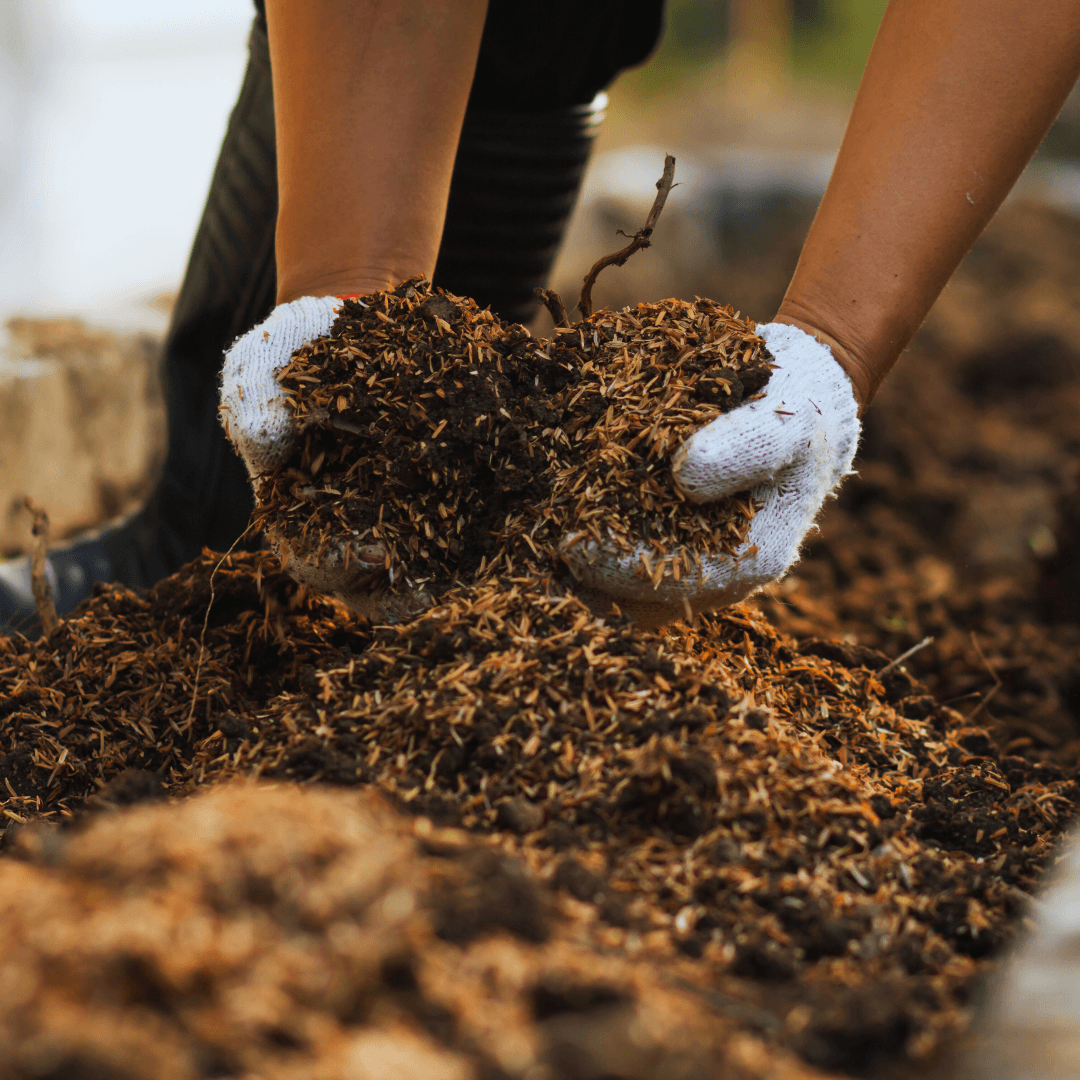
5. Incorporate Organic Matter
When preparing the soil for fruit trees, organic matter is essential. Compost, well-rotted manure, and leaf mould are examples of organic matter that enrich the soil with vital nutrients, strengthen the soil's structure, and increase the soil's ability to retain moisture.
Before planting, apply a uniform layer of organic matter to the planting area, working it into the soil until it is between 6 and 12 inches deep.
In addition to providing nutrients to the fruit trees, this process improves the general health of the soil by stimulating beneficial microbial activity.
Additionally, the presence of organic matter aids in loosening compacted soil, which facilitates tree roots' access to nutrients and water. It gives fruit trees a strong base to grow vigorously and with healthy roots.
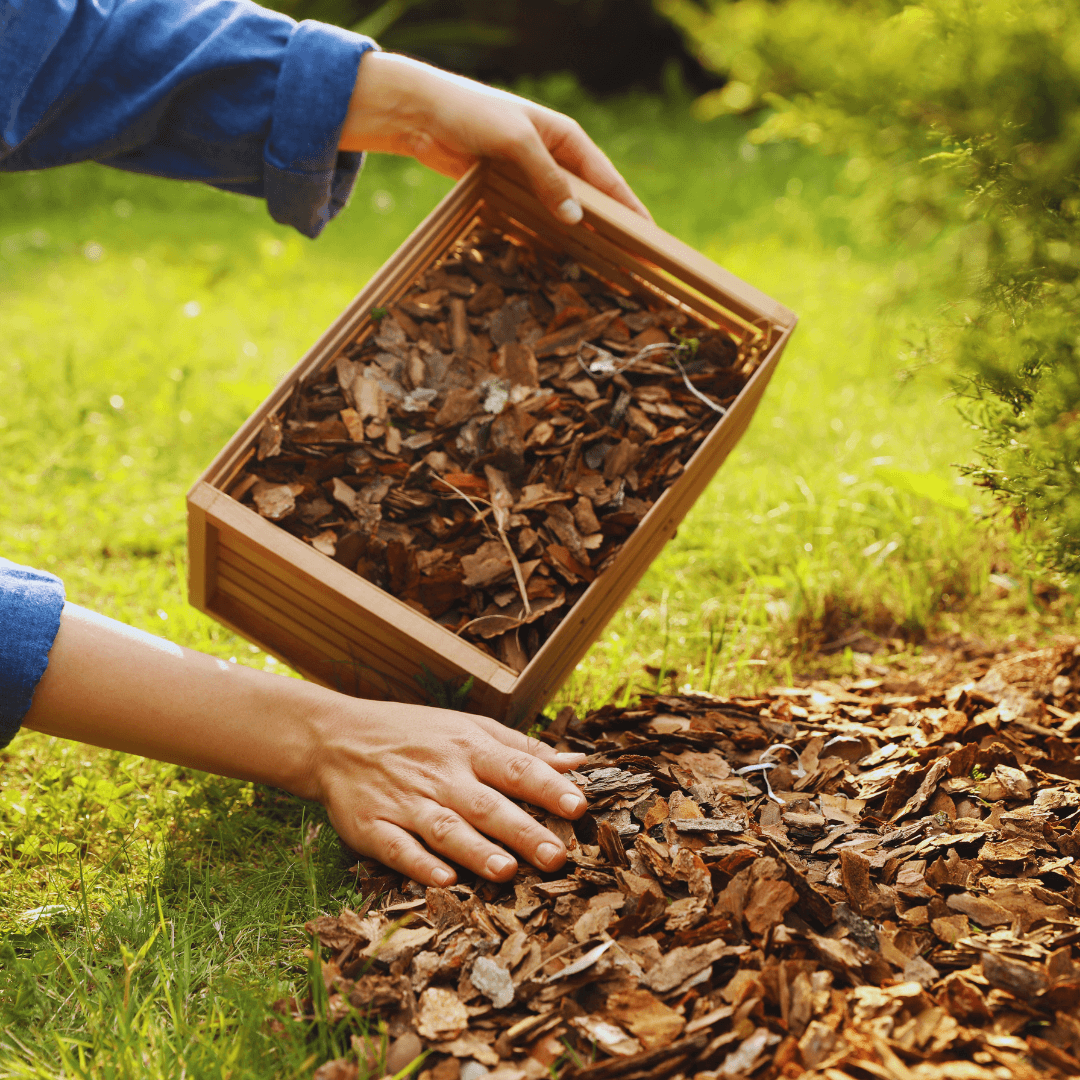
6. Mulch
Mulching is a critical post-planting step in fruit tree care, offering multiple benefits to orchard health.
Applying mulch around the base of each tree improves moisture retention. It helps reduce water evaporation from the soil surface, ensuring consistent hydration for root development.
Mulch is a natural defence against weeds. It inhibits weed growth and lessens competition for essential resources like water and nutrients.
It moderates soil temperature, shielding roots from extreme heat or cold stress. As organic mulch decomposes over time, it enriches the soil with valuable organic matter, enhancing soil structure, fertility, and microbial activity.
Mulching, which utilizes wood chips, shredded bark, or compost, is a simple yet effective practice that fosters optimal growing conditions.
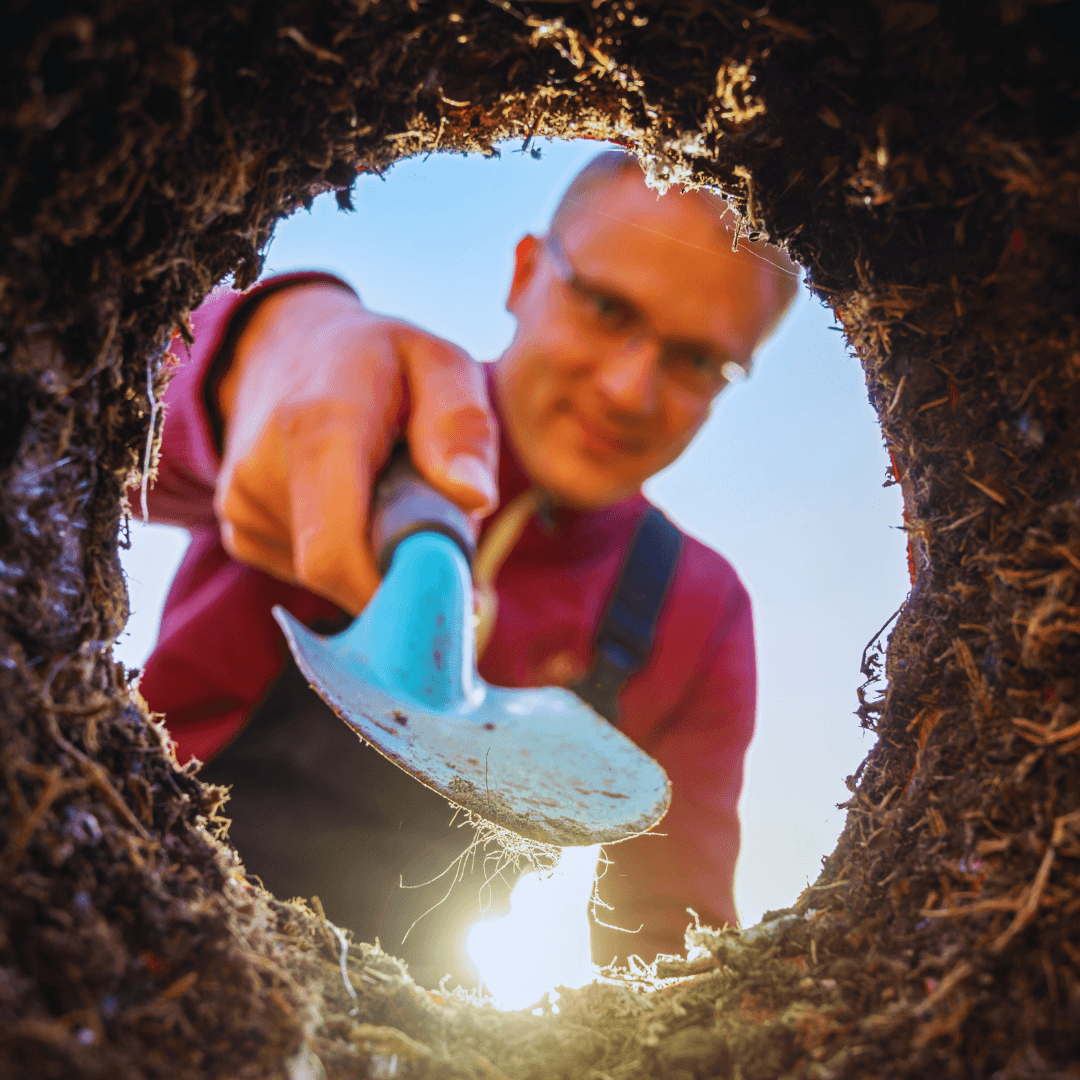
7. Planting Holes
Digging proper planting holes is essential to providing adequate space for the fruit trees' root systems to establish and grow.
The particular needs of the planted fruit tree species will determine the planting holes' dimensions and depth.
The planting holes should be sufficiently deep and wide to fit the fruit tree's root ball properly. Loosen the soil surrounding the planting hole to encourage root growth and penetration into the surrounding soil.
It also helps to elevate the soil slightly at the bottom of the planting hole to support the tree and allow proper drainage.
Preparing well-sized and properly shaped planting holes sets the stage for successful fruit tree establishment and growth.
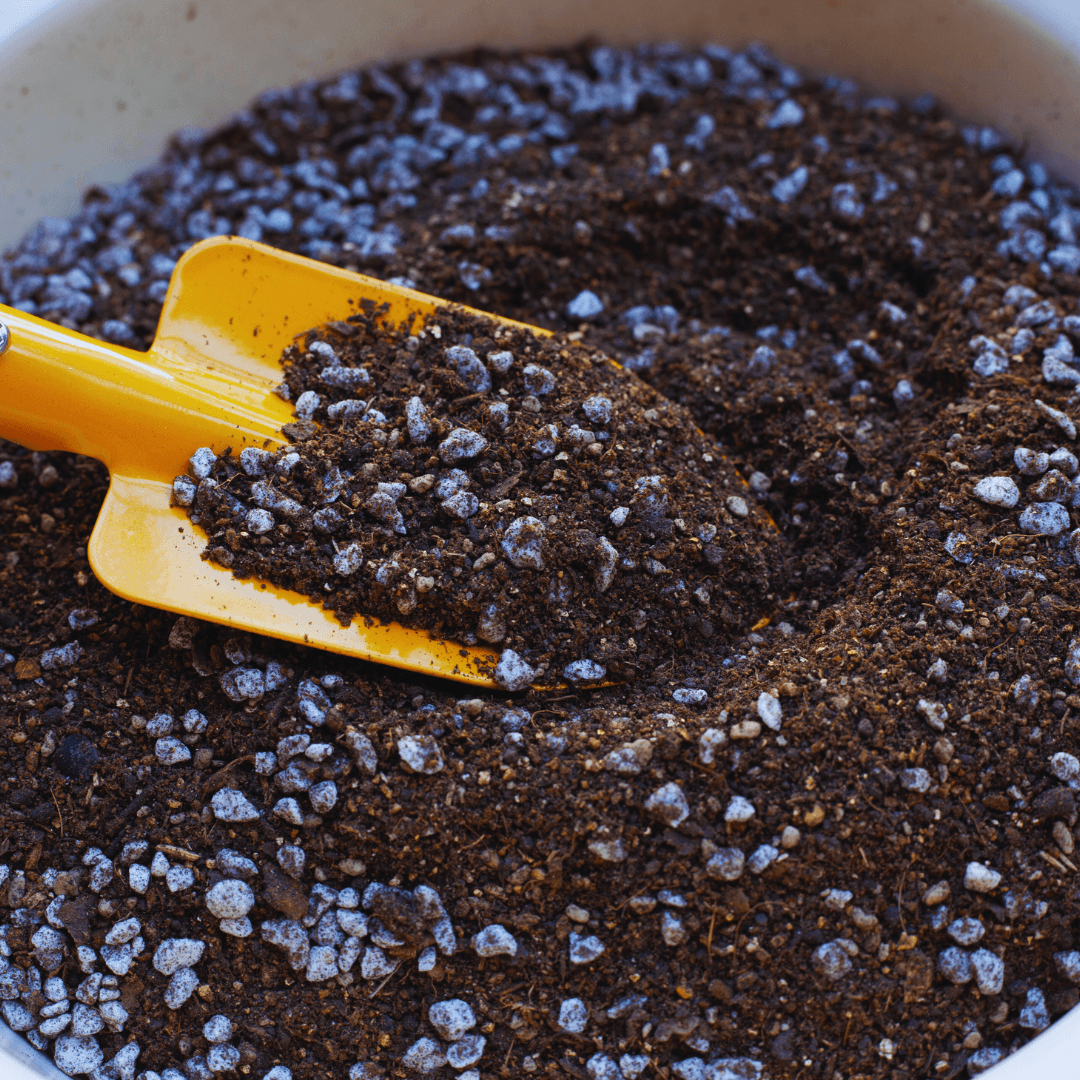
8. Planting Mix
Creating a planting mix by blending native soil with organic amendments is vital in ensuring optimal growing conditions for fruit trees.
First, completely blend the native soil with organic materials (compost, aged manure, etc.) in a ratio of about one part soil to two parts organic matter.
This mixture enriches the soil with essential nutrients and improves its structure, drainage, and moisture retention capabilities.
When planting the fruit tree, backfill the planting hole with the prepared planting mix, ensuring the tree is positioned at the same depth as in the nursery container.
To remove air pockets and provide tree support, gently compact the dirt surrounding the root ball.
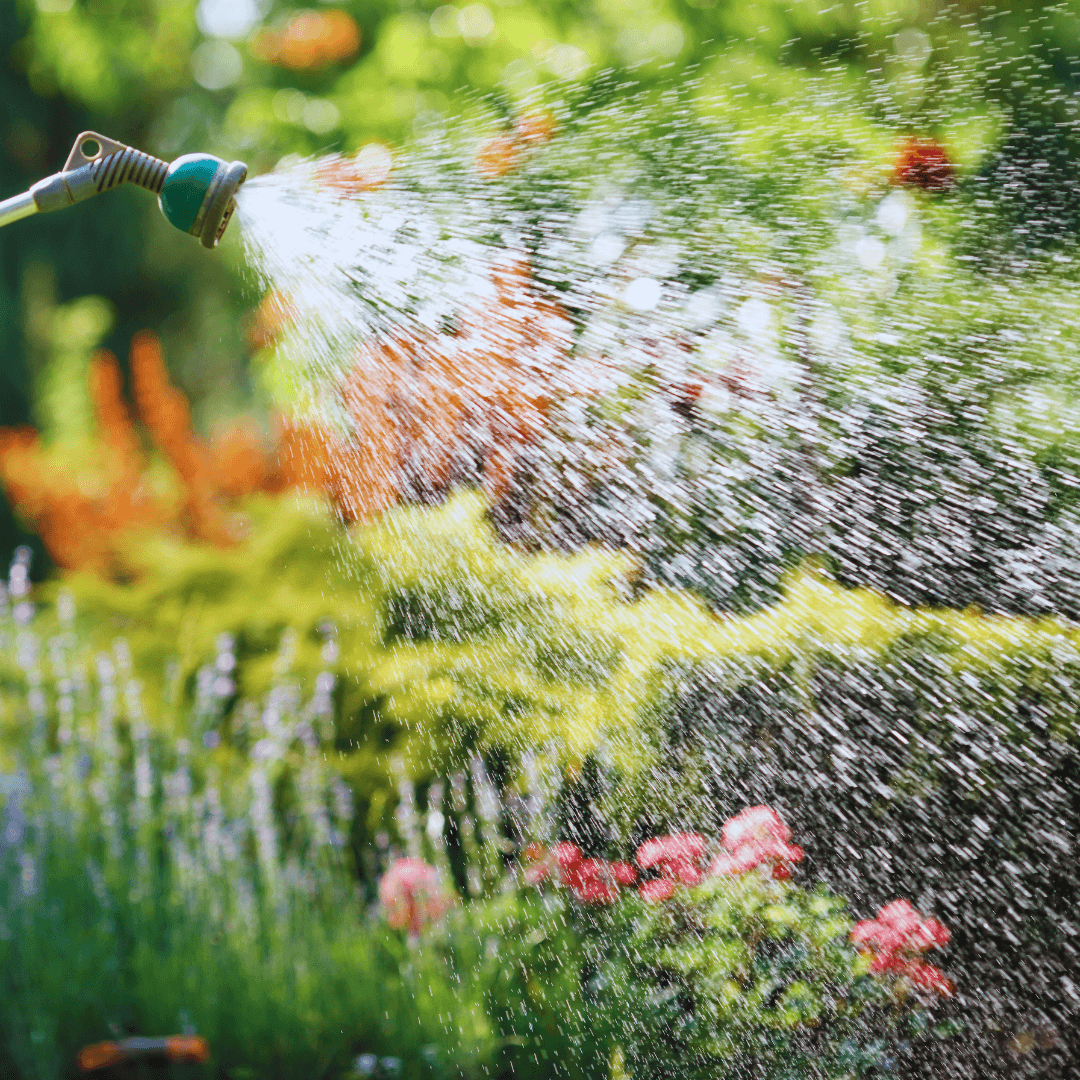
9. Watering
Watering is crucial in immediately caring for newly planted fruit trees. It facilitates soil settling and root establishment by eliminating air pockets around the roots.
After planting, it's vital to moisten the entire root ball and surrounding soil thoroughly.
Throughout the establishment period, typically the first year post-planting, regular watering is essential to maintain soil moisture levels conducive to healthy root growth.
Monitoring soil moisture and adjusting watering frequency accordingly is key, ensuring the soil remains consistently moist without becoming waterlogged.
Numerous irrigation techniques, like soaker hoses and drip irrigation, can effectively supply water to the root zone while reducing evaporation loss.
Consistent and adequate watering during this critical period helps fruit trees adapt to their new environment.
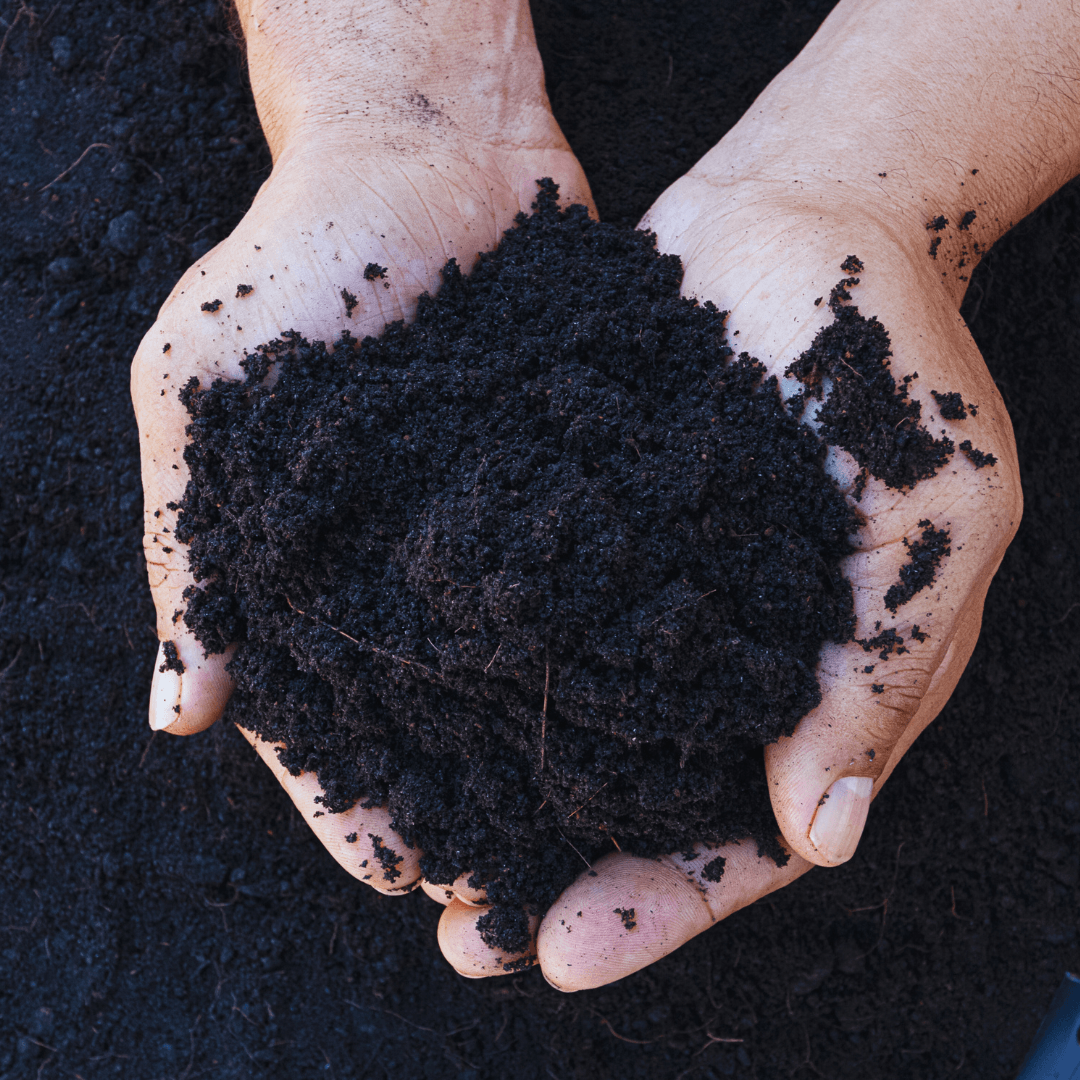
10. Monitor Soil Health
Monitoring soil health is fundamental to fruit tree care to ensure optimal growing conditions and sustained productivity.
Assess soil moisture levels, pH, and nutrient content regularly to identify imbalances or deficiencies affecting tree growth.
Utilize tools such as soil moisture meters and pH testing kits to measure these parameters accurately.
To keep the root zone consistently moist, modify your irrigation techniques according to the moisture content of the soil.
Periodically test soil pH and apply appropriate amendments, such as lime or sulphur, to keep it within the desired range for fruit tree cultivation.
Additionally, soil nutrient tests should be conducted to determine if fertilization is necessary, and fertilizers should be applied accordingly to address any nutrient deficiencies.
FAQ
What is the best soil for fruit trees in pots?
Answer: The best soil for fruit trees in pots is a well-draining, nutrient-rich potting mix formulated for container gardening.
Look for organic matter, perlite, and vermiculite mixes to promote healthy root growth and moisture retention. Avoid heavy garden soil, leading to poor drainage and root rot in potted fruit trees.
Conclusion
In conclusion, selecting and properly preparing the right soil type are crucial to establishing healthy and productive fruit tree orchards.
Understanding the characteristics of different soil types, from loamy to sandy, clay, and beyond, allows growers to choose the most suitable soil for their specific fruit tree varieties.
Implementing effective ways to prepare soil for fruit trees, such as soil testing, clearing the area, incorporating organic matter, and providing proper irrigation, sets the stage for successful fruit tree cultivation.
Following these methods, growers can create optimal growing environments that promote strong root development, vigorous growth, and abundant fruit production.
I trust you enjoyed this article about the Best Ways To Prepare Soil For Fruit Trees. Please stay tuned for more blog posts soon. Take care!
JeannetteZ
>>>Please click here to read my all-inclusive article about Container Gardening<<<
>>>Are you interested in homegrown herbs and medicine? Please click here to find out more about it!<<<
Your Opinion Is Important To Me
Do you have thoughts, ideas, or questions? I would love to hear from you. Please leave me your questions, experiences, and remarks about this article, Best Ways To Prepare Soil For Fruit Trees, in the comments section below. You can also email me at Jeannette@Close-To-Nature.org.
Disclosure
This post may contain affiliate links. As an Amazon Associate and other affiliate programs, I earn from qualifying purchases at no extra cost to you. Please read my full affiliate disclosure.
You might also enjoy these blog posts:
Best Soil To Use For Flowering Plants
Discover The Diversity: Species Of Owls In The World
Interesting Facts About Hummingbirds
Your Essential Companion Planting Guide


